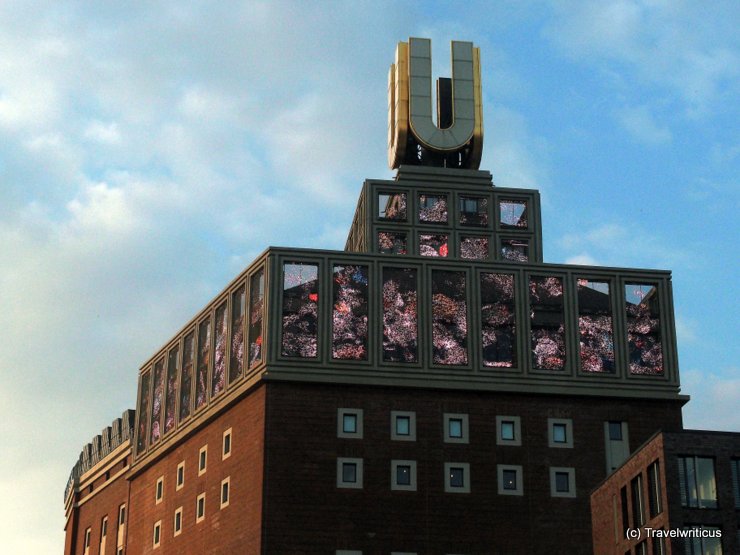
The landmark of Dortmund is the big U on top of a former brewery building. Today the building houses besides others the Museum Ostwall and some exhibition rooms. The windows looking like mosaics are actually movies shown high over the city.
You only see what you know (Goethe)

The landmark of Dortmund is the big U on top of a former brewery building. Today the building houses besides others the Museum Ostwall and some exhibition rooms. The windows looking like mosaics are actually movies shown high over the city.
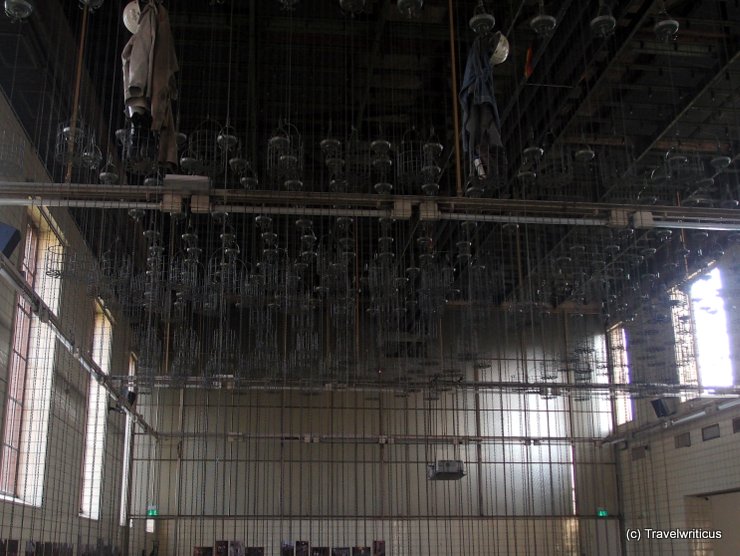
A detail I was especially impressed with. At the coking plant Hansa, I saw a pithead bath. In this hall, the workers put their clothes in special frameworks. Each framework is movable up and down by a chain.
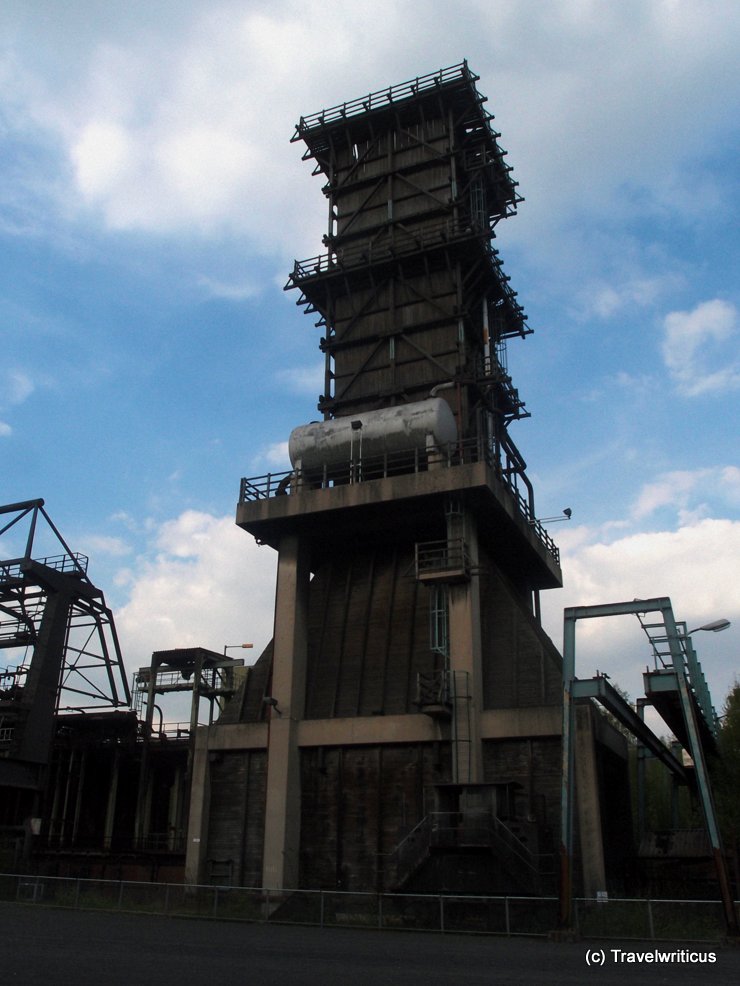
Kokerei Hansa is a former coking plant in Dortmund. Today the plant houses a huge climbing gym named Kletterhalle Bergwerk and the remaining installations can be visited by guided tours.
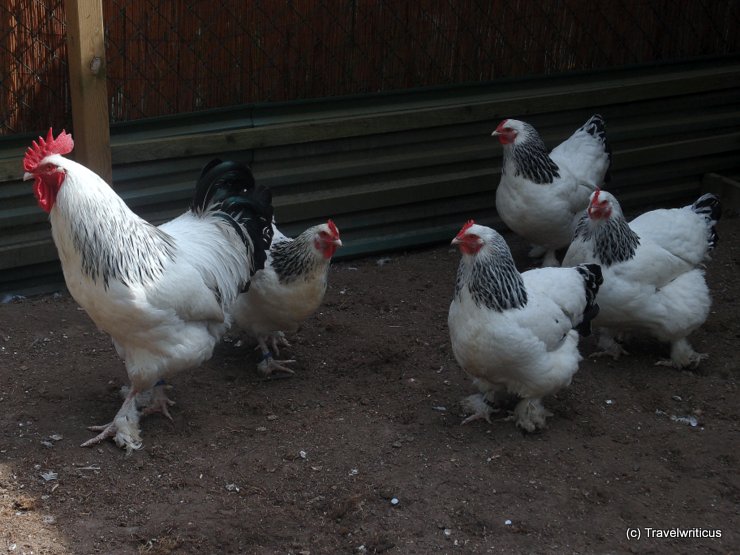
In earlier times German miners used to have a small garden for vegetable and animals behind their homes. While strolling around a mining settlement next to the colliery Zeche Zollern I came across this special breed of chickens. In German they are called Sundheimer.
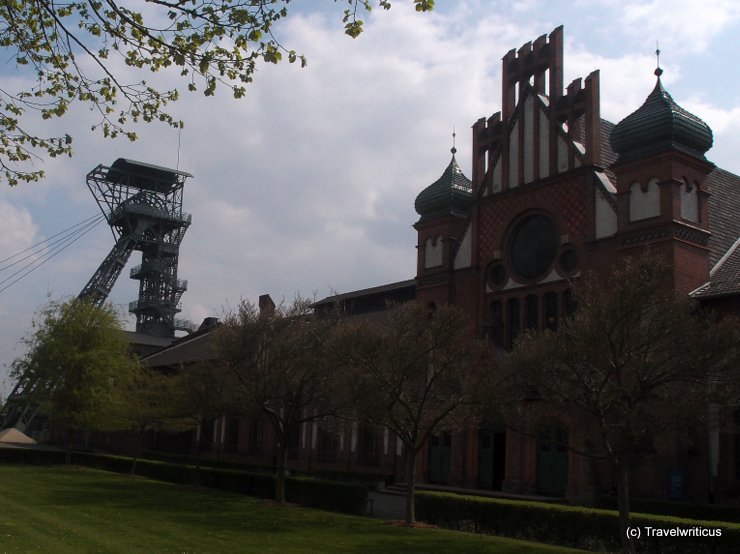
A fascinating building at the colliery Zeche Zollern: The Lohnhalle. It is shaped like a station hall with some cashier’s desks inside. Here, the miners got paid their wages.
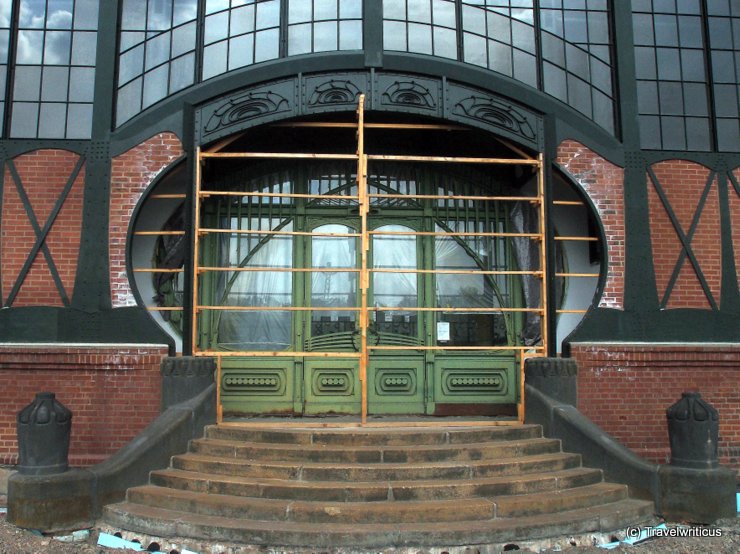
A fascinating detail of the Zeche Zollern, a colliery in Dortmund: The door at the machine hall is built in the style of Jugendstil (Art Nouveau). Unfortunately, it was closed for renovation during my visit.
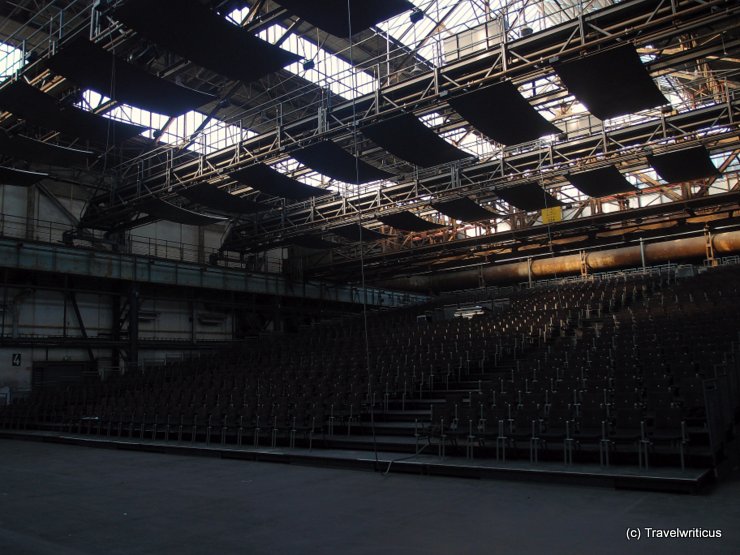
While walking through the Jahrhunderthalle in Bochum, I came across the bleachers for the Ruhrtriennale Festival. The Ruhrtriennale is an annual music and arts festival in the Ruhr area. Its most famous venues are the Jahrhunderthalle, the Zeche Zollverein, and the Landschaftspark Duisburg-Nord.
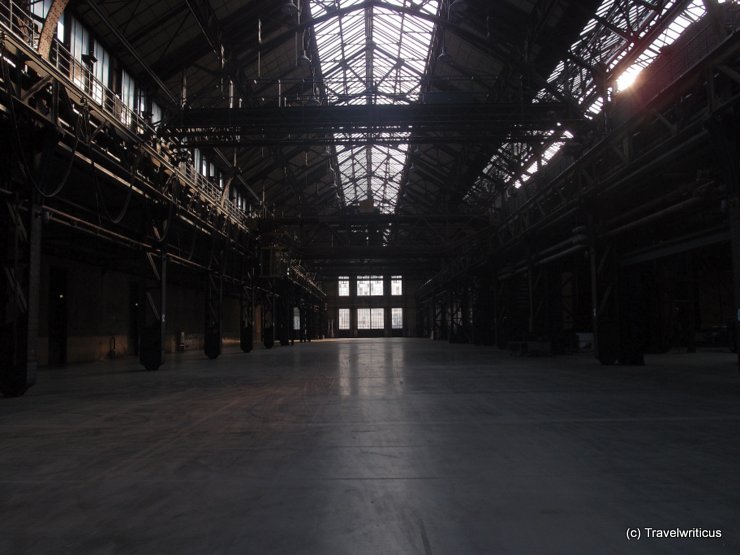
The Jahrhunderthalle is a venue for such famous events as the Ruhrtriennale. Interesting detail: The hall stands on top of an existing plant. After raising the soil to the level of the new building, the first plant became part of the basement.
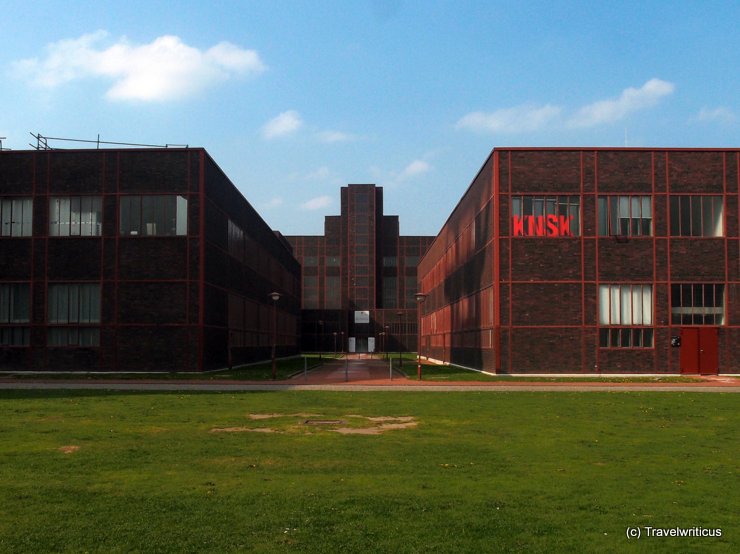
You find the Red Dot Design Museum in the former boiler house of shaft 12 at the Zeche Zollverein. That is a good place for a design museum as the former industrial plant looks pretty ‘designed’ in its Bauhaus style.
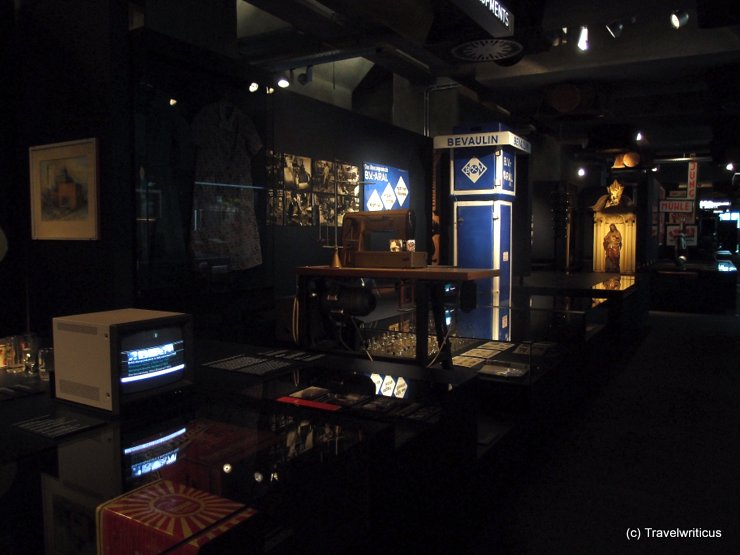
The former coal preparation plant of the Zeche Zollverein – a coal mine inscribed as a World Heritage Site now – houses the Ruhr Museum. This museum tells about the history of the Zeche and the Ruhr area.
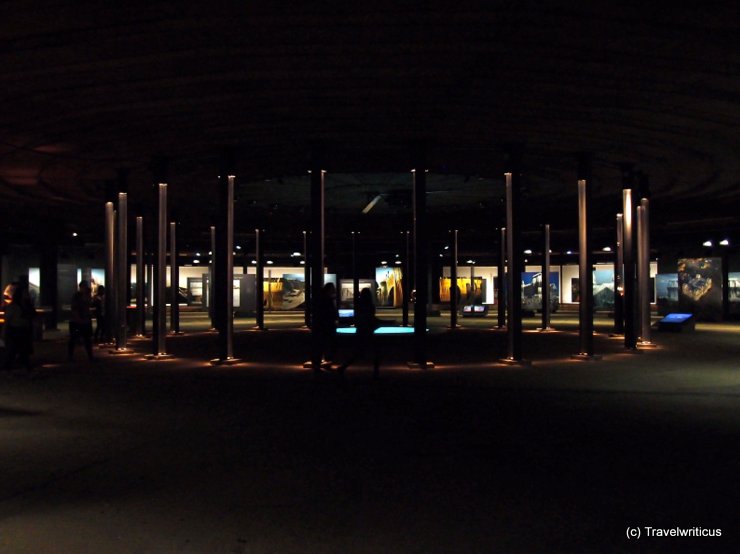
Every year another interesting art project takes place at the Gasometer (a former gas holder) in Oberhausen. In 2013, I visited the ‘Big Air Package’ created by Christo. This time the artist, who is generally known for wrapping huge objects, produced a balloon filling the gas holder.
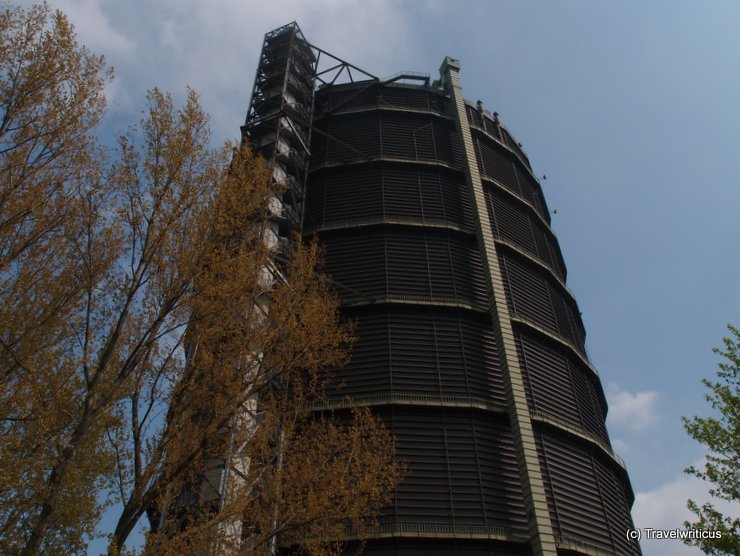
The Gasometer in Oberhausen is the largest disc-type gasholder in Europe. Today, it serves as an exhibition hall. Visitors enjoy an excellent view after reaching the top by an elevator or a staircase outside the building.